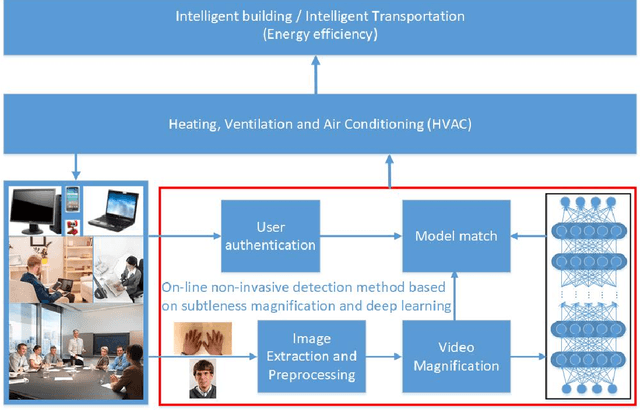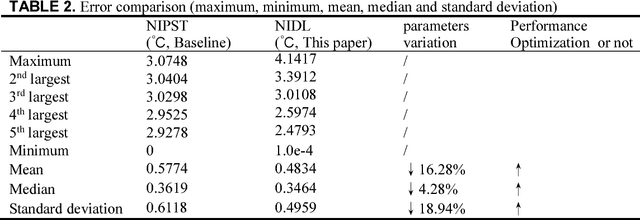Non-invasive thermal comfort perception based on subtleness magnification and deep learning for energy efficiency
Paper and Code
Nov 12, 2018



Human thermal comfort measurement plays a critical role in giving feedback signals for building energy efficiency. A non-invasive measuring method based on subtleness magnification and deep learning (NIDL) was designed to achieve a comfortable, energy efficient built environment. The method relies on skin feature data, e.g., subtle motion and texture variation, and a 315-layer deep neural network for constructing the relationship between skin features and skin temperature. A physiological experiment was conducted for collecting feature data (1.44 million) and algorithm validation. The non-invasive measurement algorithm based on a partly-personalized saturation temperature model (NIPST) was used for algorithm performance comparisons. The results show that the mean error and median error of the NIDL are 0.4834 Celsius and 0.3464 Celsius which is equivalent to accuracy improvements of 16.28% and 4.28%, respectively.
 Add to Chrome
Add to Chrome Add to Firefox
Add to Firefox Add to Edge
Add to Edge